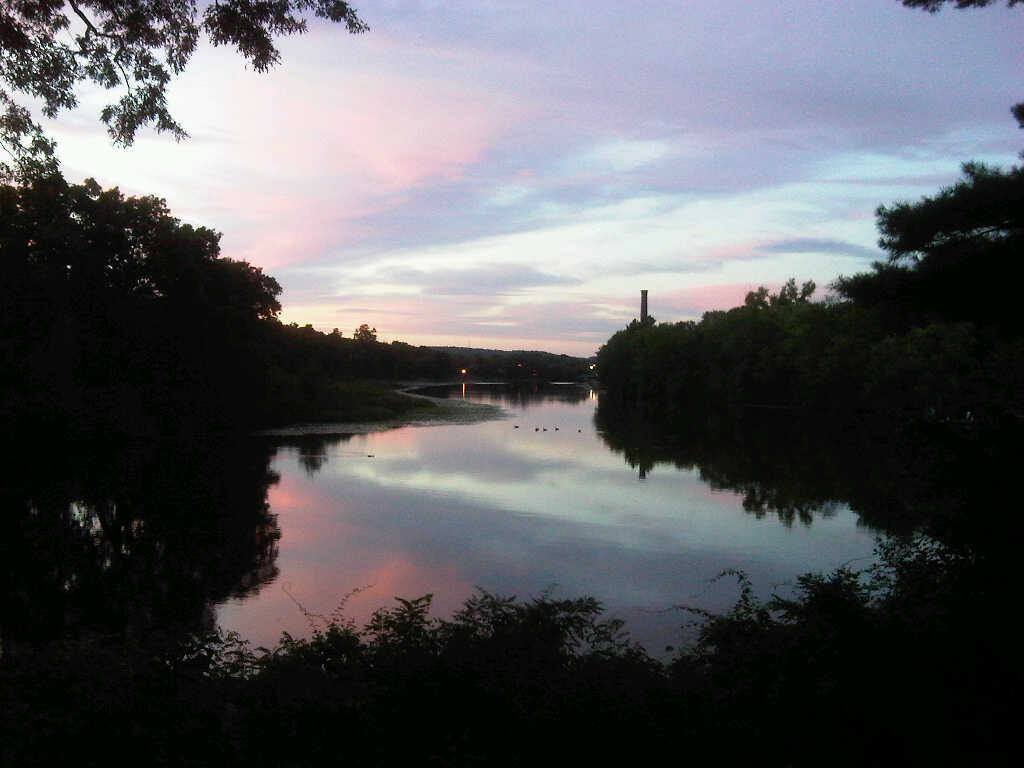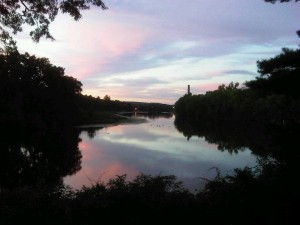Sam Margolis is a member of the New England Americana planning board/committee/group, whatever you would like to call it. He has been spear heading this year’s efforts to get a recording project that takes old songs and breaths new life into them. As the NEA folks say “songs in danger of dying”. A noble effort, with assumably A LOT work behind it. I caught up with Sam to talk about the studio, the project, and how it all has been unfolding…
RLR: First things first, who are you, what do you do, and tell me a little about the studio.
SM: My name is Sam Margolis and (in no particular order)…I’m a Producer/Engineer/Songwriter/Musician/Entrepreneur, originally from Cornwall, VT. But have been living in the Boston area for the past 13 years. I co-created Riverview Studios in Waltham, MA three years ago with Andrew Kramer, originally as a space for our band Comanchero (link: http://www.comancheromusic.com) to rehearse and record, but quickly expanded after we produced a couple of holiday compilation albums with a bunch of our best artist friends from the Boston area. (Link:http://riverviewstudios.bandcamp.com/).
Our goal with the studio from day one was to create an environment that captured the vibe and essence of the natural setting on the Charles River while still being able to achieve quality recordings that would rival any other studio.
RLR: How have you enjoyed the process thus far? Any stand out sessions or things happened thus far that are note-worthy?
SM: Working on the New England Americana Project has been an absolute honor and amazing experience. Every session has been unique, and especially great to see so many people collaborating and the type of energy that creates. However, the most energy thus far, would have to be the session with the Tallahassee guys, Noel Coakley and Laura Dargus. We literally set the studio on fire that day…but once the fire was out and under control (huge thanks to Brian from Tallahassee for removing the final burning pizza box while I emptied a fire extinguisher!) we finished up a great version of The Riddle Song. Unforgettable.
RLR: What has the typical session been like from start to finish…in 6 sentences or less.
SM: I’m not sure there really is a way to define a “typical” session during this project, although typically the following has occurred in each session: We start early. By around 11AM someone has arrived with delicious breakfast food, coffee and Mimosa fixings. We dial in sounds, run a bunch of takes, listen, take a break out back, run more takes, order more food, listen, edit, listen, edit, listen, discuss a mix strategy and disperse.
RLR: One thing about the last recording project was that (to me) sonically, it seemed to be pretty consistent (aside from the more acoustic tune by Sarah Blacker and Abbie Barrett). Maybe it was the studio/engineers, or maybe that is just how I hear it. Do you find the second edition to have a broader spectrum of sound and arrangement choices?
SM: One of my favorite things about the NEAP Vol. 2 is there is a great range of songs and arrangements from full blown Tin Pan Alley horns with Patrick Coman & The Gang of Gin, to a striped down blues from Casey Abrams, duets (Ward Hayden with Amy Black, John Colvert with Sam Otis Hill), and some really cool takes on old songs that have been around for years but have found new life again (e.g. “My Handy Man” from Susan Cattaneo & The Handy Men).
RLR: I know a big trait of the musicians in this group is improvisation and community. Have you guys had a concrete plan as far as recording has gone thus far? Has there been a good deal of change-ups or folks hopping in unexpectedly?
SM: One of the goals of the project was to encourage and facilitate collaboration in order to help foster the community spirit. To that end, part of our “plan” heading into the project was to expect the unexpected and embrace the process in the moment, which included letting collaboration and guest appearances happen organically, as each session/song opened up new possibilities. It was super cool to capture a lot of that spontaneity and overall collaborative vibe, especially since the majority of the whole record was cut live in the studio.
RLR: Based on the videos it seems like a live recording approach has been prominent in the sessions. Does it make your life easier, more difficult and do you think that it adds to the recording?
SM: There is nothing better or more rewarding I think, as an engineer, to capture great live sounds and the vibe of the artists all in the same room, in the moment. It’sobviously a huge testament to the musicians who nailed these performances, which made our life easier during the mixing process.
RLR: Ok, now your chance. Plug the studio as self-indulgently as you would like…
SM: For more info, please check out our Facebook Page: https://www.facebook.com/RiverviewStudiosand of course our most recent work with the New England Americana Project. Volume 2!
(sidenote: which should be up by the time this hits the interwebs. Check www.newenglandamericana.com for the updated link!)
Thanks Sam!
Sam is also playing the festival with his awesome band Comanchero on Saturday night, 8:40 PM, Tommy Doyle’s. Be there!


